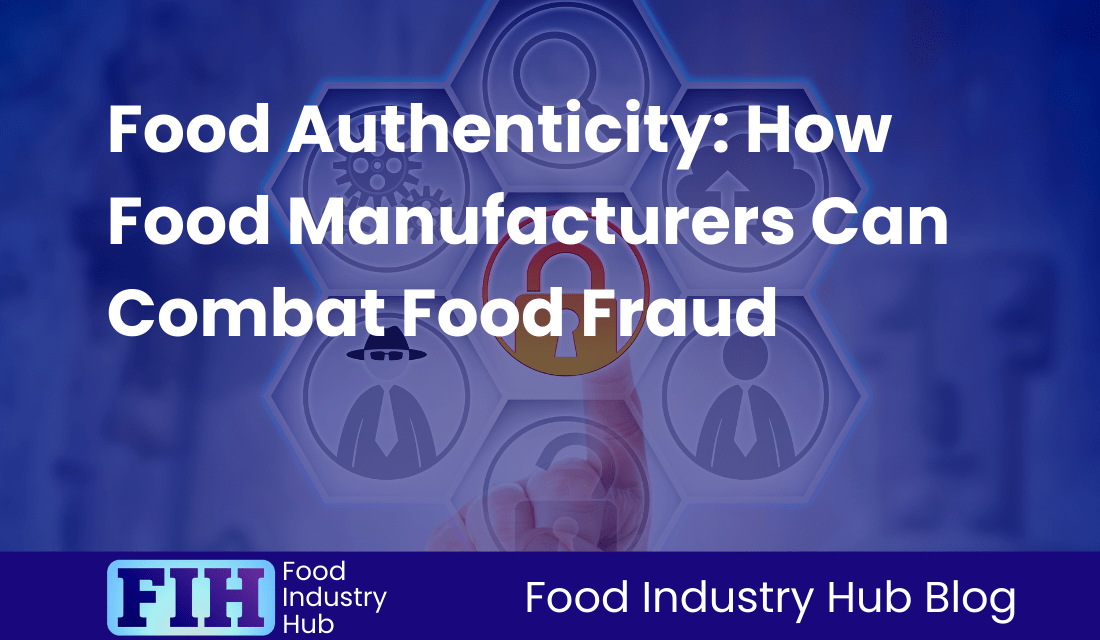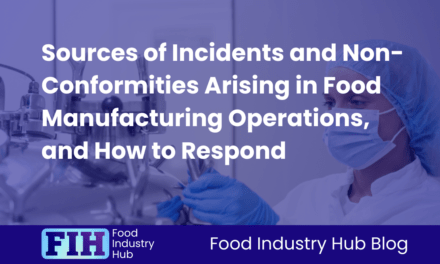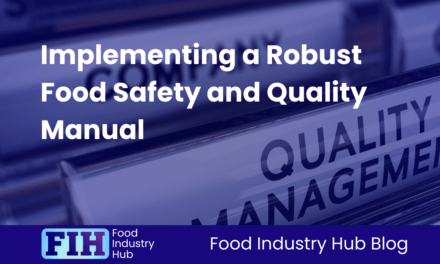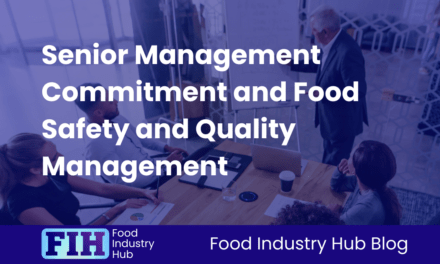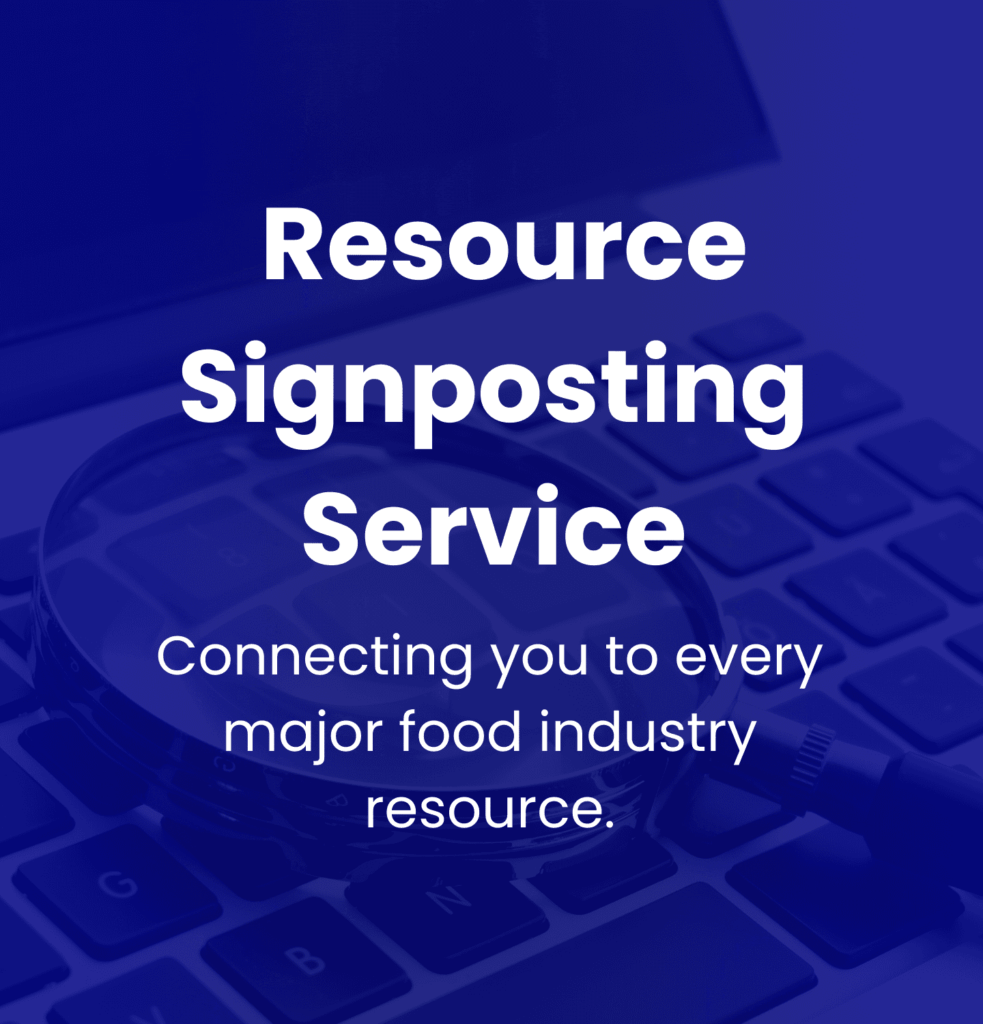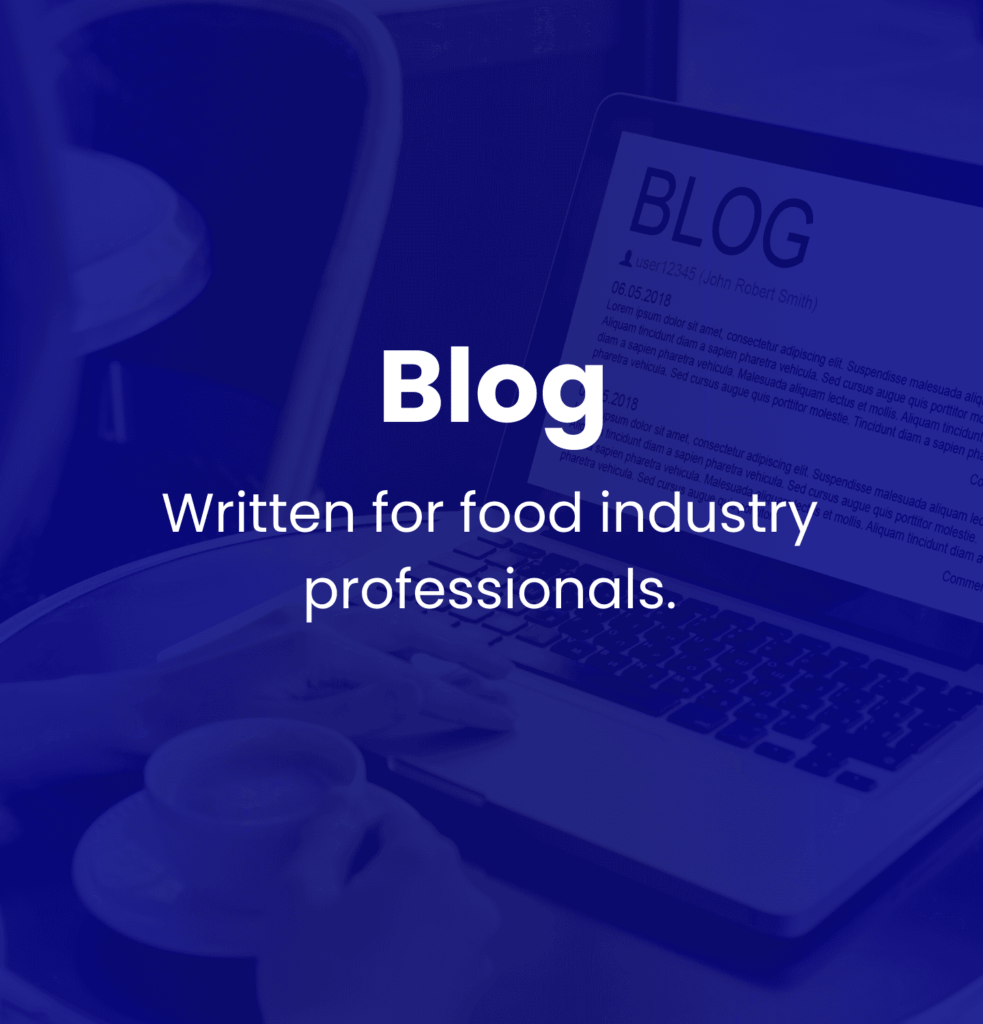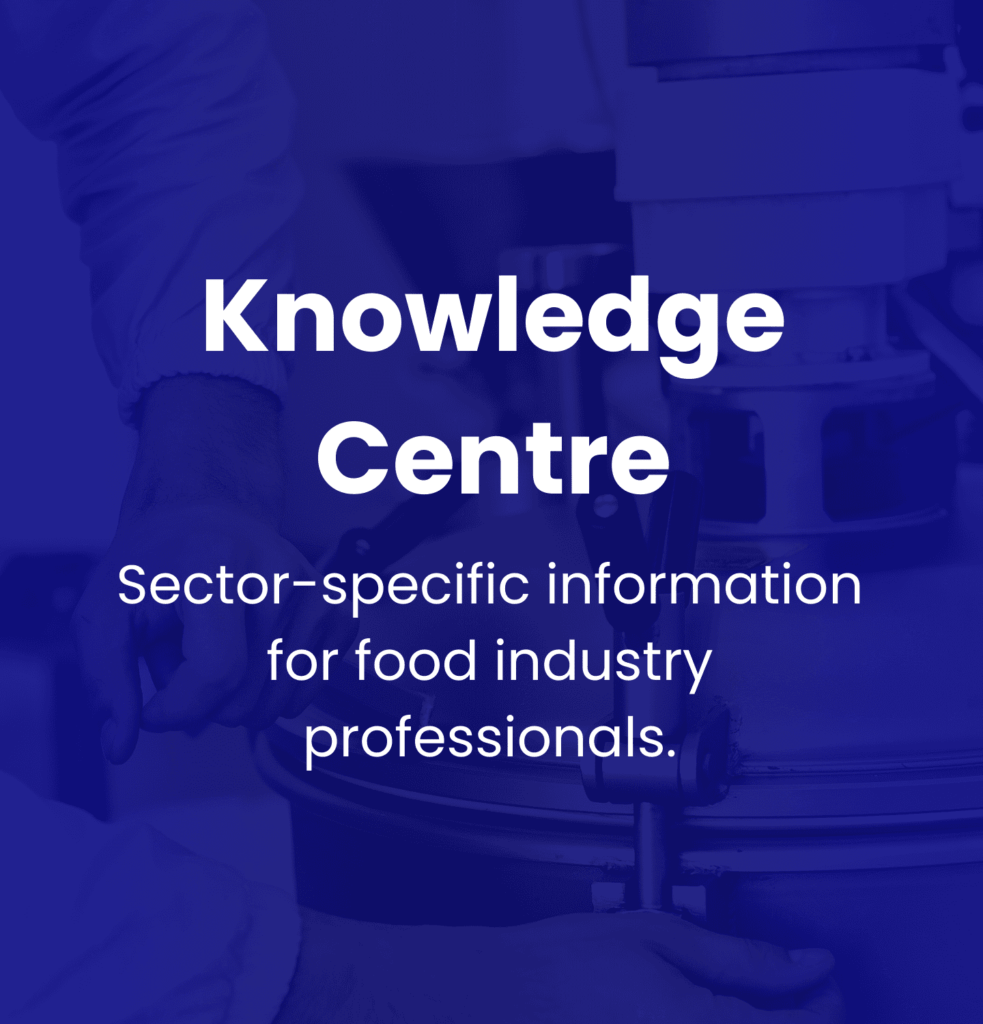Introduction
In a world where food fraud has become increasingly prevalent, the integrity of our food supply chain hangs in the balance.
As a food manufacturer, you hold the power to combat this deception and restore trust in the products you produce.
Food authenticity risks form an important part of the site’s HACCP risk assessment. Food manufacturers have an obligation to stay informed of new risks to the authenticity of raw materials (among other things) – which is a function of senior management commitment.
But how can you ensure the authenticity of your food? How can you protect consumers from unknowingly consuming fraudulent goods?
In this post, we will explore the strategies and measures that food manufacturers can employ to fight against food fraud, safeguarding both their reputation and the well-being of those who rely on their products.
Stay tuned to discover the key to maintaining food authenticity in an era of uncertainty.
As we dive into the topic, you’ll be interested to know that Food Industry Hub offers integrated management systems for food manufacturers, which you can use to strengthen your assurance processes.
Table of Contents
Key Takeaways
- Supply chain transparency improves trust and assurance across suppliers and customers.
- Robust supplier assurance processes exert a cumulative effect in discouraging food fraud and increasing the chances of fraud identification.
- Quality control processes can highlight cases where inauthentic materials result in deviations to the quality characteristics of processes material.
- Analytical testing can be used to challenge the authenticity of raw materials.
- Emerging trends in reported supply chain risks can steer fraud mitigation efforts.
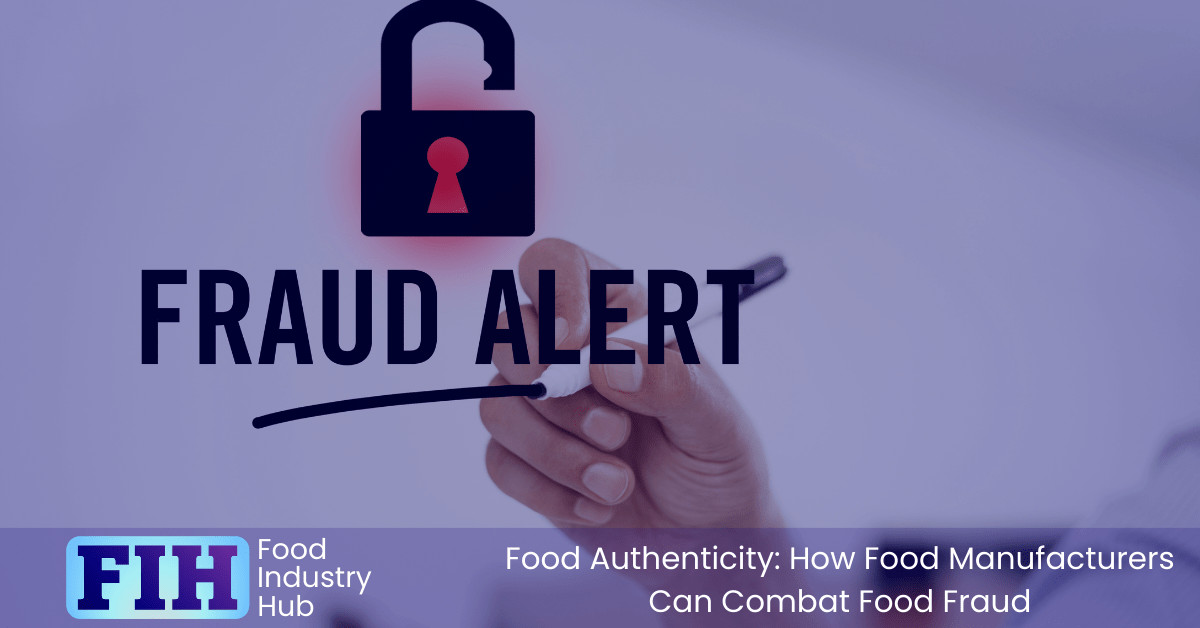
Food Industry Hub Management Systems can significantly boost the effectiveness of your food safety and quality management system, leading to improved confidence and elevated quality assurance throughout your operations.
Supply Chain Transparency
Prioritise supply chain transparency to ensure food authenticity and combat food fraud. By establishing a transparent supply chain, you can aim to trace the movement of food products from their origin to the point of sale. This allows you to identify any potential risks, such as adulteration or contamination, and take immediate action to mitigate them.
Supply chain transparency also builds trust and confidence among customers. When people have access to information about where their food comes from and how it’s produced, they can make informed choices that align with their values and purchasing criteria. This transparency helps build a stronger connection between consumers and food manufacturers, leading to increased customer loyalty and satisfaction.
Supply chain transparency enables swift and effective recall management. In the event of a food safety issue or contamination, you can quickly identify the affected batches or products and remove them from the market. This not only protects consumer health but also safeguards your brand reputation.
Supply chain visibility may not serve to directly identify cases of food fraud, but is a fundamental step toward preventing food fraud.

Supplier Approval Processes
Establish rigorous supplier approval processes as a vital step in ensuring that the ingredients used in food products are genuine and safe for consumption. By thoroughly vetting and approving suppliers, food manufacturers can minimise the risk of fraudulent or adulterated ingredients entering their supply chains.
Conduct thorough background checks on potential suppliers. This includes verifying their certifications, licenses, and compliance with relevant regulations. Site visits and audits can also provide valuable insights into a supplier’s facilities, processes, and quality control measures.
Establishing clear specifications and requirements for suppliers is essential. This includes outlining expectations for ingredient sourcing, storage, handling, and transportation. By clearly communicating these expectations, food manufacturers can ensure that suppliers understand and adhere to the necessary standards.
Regular monitoring and evaluation of approved suppliers is also important for ongoing approval. This involves conducting periodic audits, reviewing documentation, and analysing product samples. By continuously assessing supplier performance, any potential issues or deviations from agreed-upon standards can be promptly identified and addressed. This combination of activities has the overall effect of discouraging fraudulent practices by improving the chances that inauthentic material would be identified.
Supplier approval and ongoing monitoring processes have a signaling effect, so suppliers are conscious of the standards that they are being held to. By itself, this wouldn’t necessarily prevent food fraud – but would exert pressure against fraudulent practices. In particular, unannounced audits and site visits may deter suppliers from carrying out fraudulent activities because of a perceived risk of discovery. With all this in mind, supplier approval and supplier assurance processes can be an effective way to prevent food fraud.
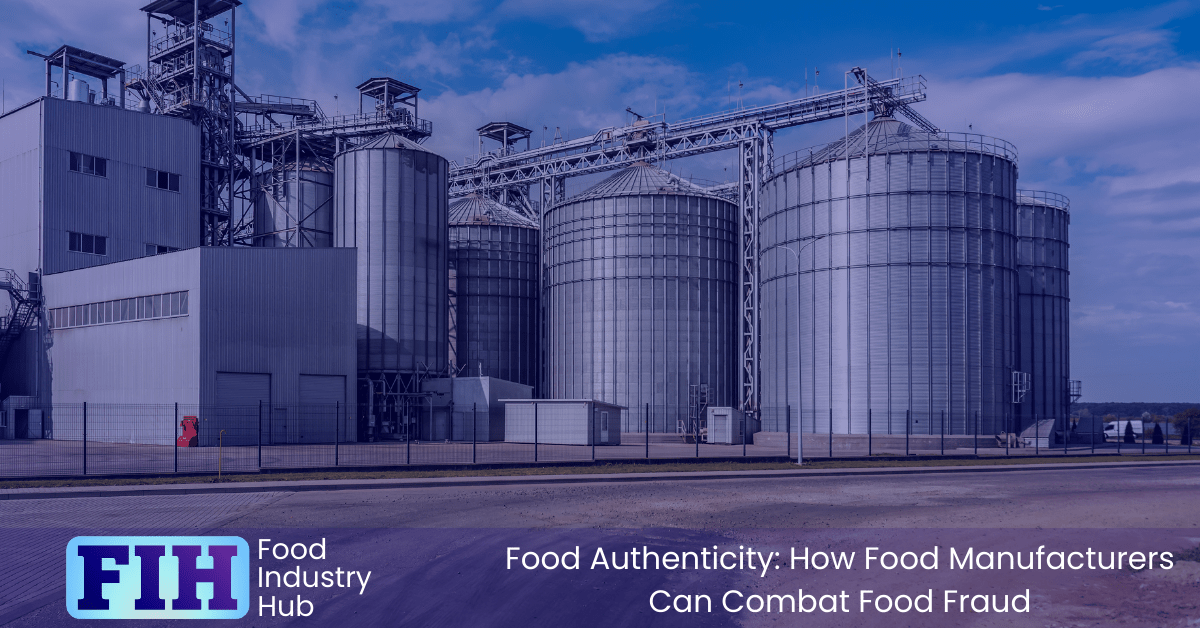
Sign-up for the Food Industry Hub Mail Service
We regularly produce new content for food industry professionals, and the Food Industry Hub Mail Service is the best way to stay up to date with the latest additions.
Signup today to be added to the Food Industry Hub mailing list.
Robust Quality Control Systems
Implementing robust quality control systems is essential for ensuring food authenticity and combating food fraud. You can effectively monitor and control the quality of your food products throughout the entire production process – enabling you to detect any potential issues or deviations that may compromise the authenticity of your products. This is significant because the use of inauthentic raw materials may lead to changes in the quality characteristics of processed materials and finished products, meaning that fraudulent material could be identifiable through QC processes.
In-process quality control measures tend to challenge the physical or chemical characteristics of semi-processed materials and finished products, so QC testing is unlikely to directly pinpoint specific inauthentic ingredients, but can flag up instances where the quality characteristics of processed materials are affected.
For example, if a flour producer supplied a bakery with inferior low protein flour, the bread may not rise as expected or could collapse after proving. The flour may be supplied with a fraudulent certificate of analysis showing conforming protein levels. In cases like this, the QC checks on the product wouldn’t directly identify that the flour had been fraudulently supplied with a deceptive COA, but they would allow for an investigation which may identify the underlying cause.
In addition to analytical testing, implementing strong quality assurance protocols is essential. This includes thorough inspections, audits, and regular monitoring of production processes to ensure compliance with quality standards and prevent any potential fraud.
Stringent quality control processes should be integral to any food manufacturer’s operations in any case – but for prevention of food fraud and detection of inauthentic ingredients, QC points can be a valuable contributor to investigations that would ultimately serve to detect the use of inauthentic or adulterated materials.
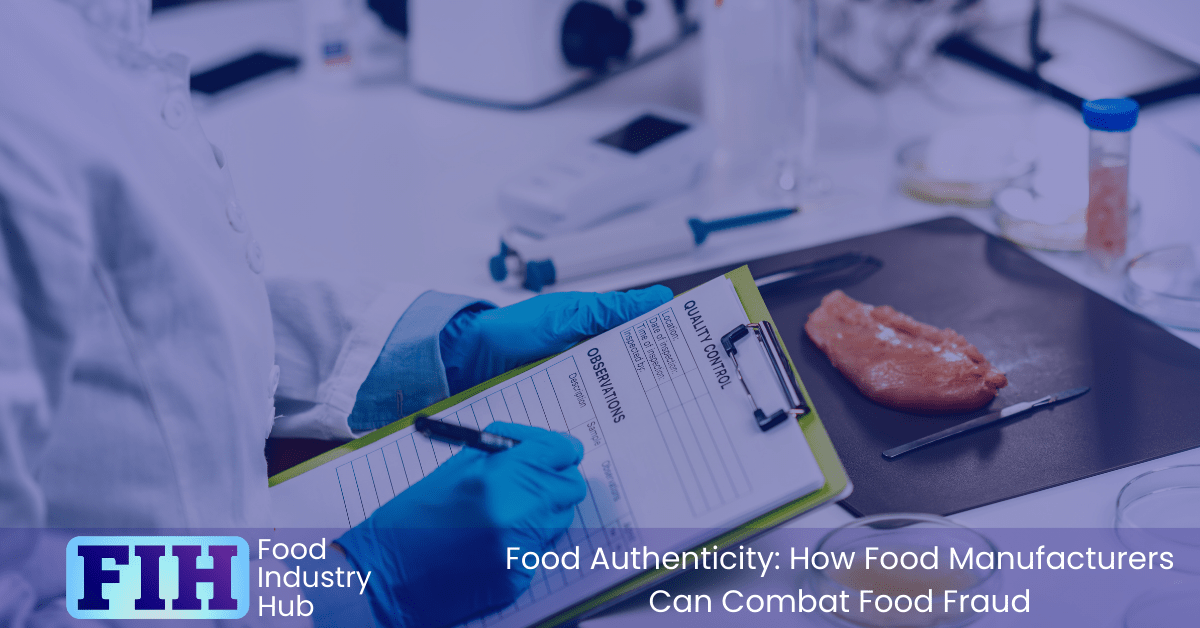
Analytical testing
By incorporating analytical testing into your robust quality control system, you can further enhance your ability to ensure food authenticity and combat food fraud.
Analytical testing involves using scientific techniques to analyse food samples for measurable parameters, such as chemical/nutritional composition or brix. This type of testing allows you to obtain accurate and reliable information about the food products you manufacture, helping you to identify any potential fraudulent practices.
Conduct regular testing and analysis of raw materials, work in progress, and finished products. This can involve various methods such as near infra-red (NIR) spectroscopy, viscosity testing, specific gravity (density), and pH testing. By conducting these tests, you can verify the authenticity of your ingredients and detect any adulteration or substitution.
Analytical testing can also involve sensory analysis, where trained panels evaluate the taste, smell, appearance, and texture of food samples. This can help you identify any inconsistencies or deviations in your products, ensuring that they meet the expected sensory attributes.
With food fraud being a potentially lucrative area of food crime, there will always be a kind of arms race – with analytical methods being developed to detect substitution, dilution, and adulteration, and fraudsters attempting to elude detection. Analytical methodologies that successfully identify instances of food crime today may not be effective tomorrow, with criminals employing new methods for masking evidence of food fraud.
That acknowledged, analytical testing may be the single most effective means for identifying inauthentic food materials, and should be fundamental to any food manufacturer’s food authenticity assurance measures.
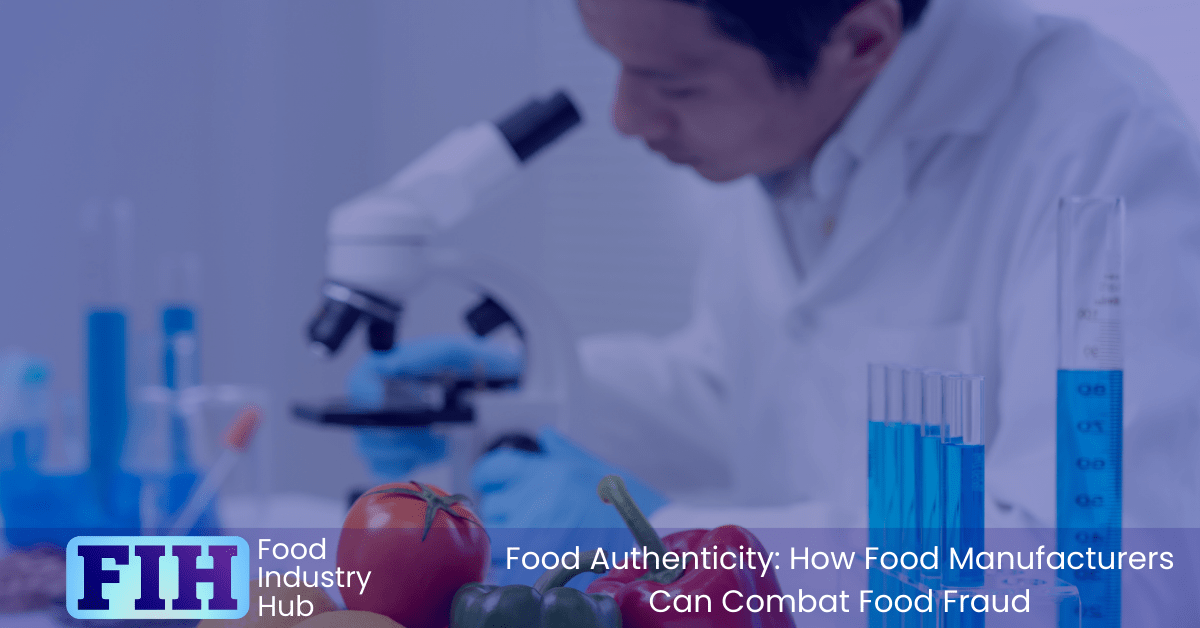
Monitoring Supply Chain Risks and Trends
One effective way to ensure food authenticity and combat food fraud is by closely monitoring risks and trends within your supply chain. By doing so, you can identify any potential vulnerabilities or weak points that could be exploited by fraudsters.
It’s crucial to stay vigilant and proactive in monitoring your supply chain, as food fraud is a constantly evolving threat. Keep a close eye on emerging trends and patterns in the industry, as fraudsters are always looking for new ways to deceive consumers and make a profit.
If there are reports of increased cases of food fraud that target a certain type of food material, that information can be used to trigger increased analytical testing or countermeasures against fraud if your facility handles that food or category of foods. Similarly, if there is geographical risk indicated by an increased number of reports of fraud applied to food from a particular country or region, then that information can steer interventions if your production facility is in receipt of raw materials from that geographical area.
An active awareness of emerging supply chain risks equips food manufacturers to address food fraud prevention with a targeted approach appropriate to trends reported throughout the industry. This allows resources to be deployed efficiently for the identification and elimination of inauthentic food materials.

In Summary
In conclusion, as a food manufacturer, you can combat food fraud by implementing supply chain transparency, robust quality control systems, and analytical testing.
By monitoring supply chain risks and trends, as well as having strict supplier approval processes, you can ensure the authenticity of your food products.
These measures are crucial in maintaining consumer trust and safeguarding the integrity of your brand.
Stay vigilant and proactive in combating food fraud to protect both your business and your customers.
Further Resources
Food Industry Hub serves the food industry with a range of digital resources for the benefit of both commercial food manufacturers and food industry professionals.
For food manufacturers, we offer integrated management systems that give every user a direct interface with your QMS.
For food industry professionals, we provide an extensive signposting service in addition to informational content we hope you’ll find useful as you face new professional challenges. We have very ambitious plans to expand the range of services offered, and currently present informational content on management, safety and quality, and professional success.

